What The Tech?! The Graphics Card
We’ve come a long way since the inkpot. And while the typewriter would give us legitimate work processing capabilities, it would take personal computers to truly supercharge our productivity.
When we had computers, though, we decided we needed more. More processing power. More colour. And, more options in the way that we’d use our devices. What would start as a way of giving monochrome computers colour would end up becoming a key part of the modern computer system while unlocking the ability to mine crypto, carry out scientific research and establish gaming as a legitimate hobby. The humble Graphics Card is the star of today's What The Tech?!.
The Beginnings
It’s hard to imagine now, but there was a time when memory was crazy expensive. So expensive, in fact, that it tended to influence the overall design of early electronics. Rather than using expensive RAM for buffering, dedicated video chips would be used instead.
The arcade boom of the 1970s would introduce a barrel shift circuit to help the CPU animate graphics for the video games of the day, with games like Seawolf and the classic Space Invaders using this technology to kick off the golden era of Video Games.
It would be 1978, however, when the Namco Galaxian arcade system would introduce the first gaming RGB graphics, which would also introduce revolutionary features like scrolling (be nice, it was the 1970s).
Galaxian, with all its features, was an instant hit. While the concept of electronic gaming was still pretty new, it didn’t take long for its popularity to rapidly grow. By 1982, over 50,000 arcade units had been sold, making it one of the most popular platforms of the time.
By the time 1987 arrived, the manufacturers were embracing the new technology, with IBM releasing its 8514 Graphics System. Using a custom chipset and fixed functions, it was able to render 2d graphics.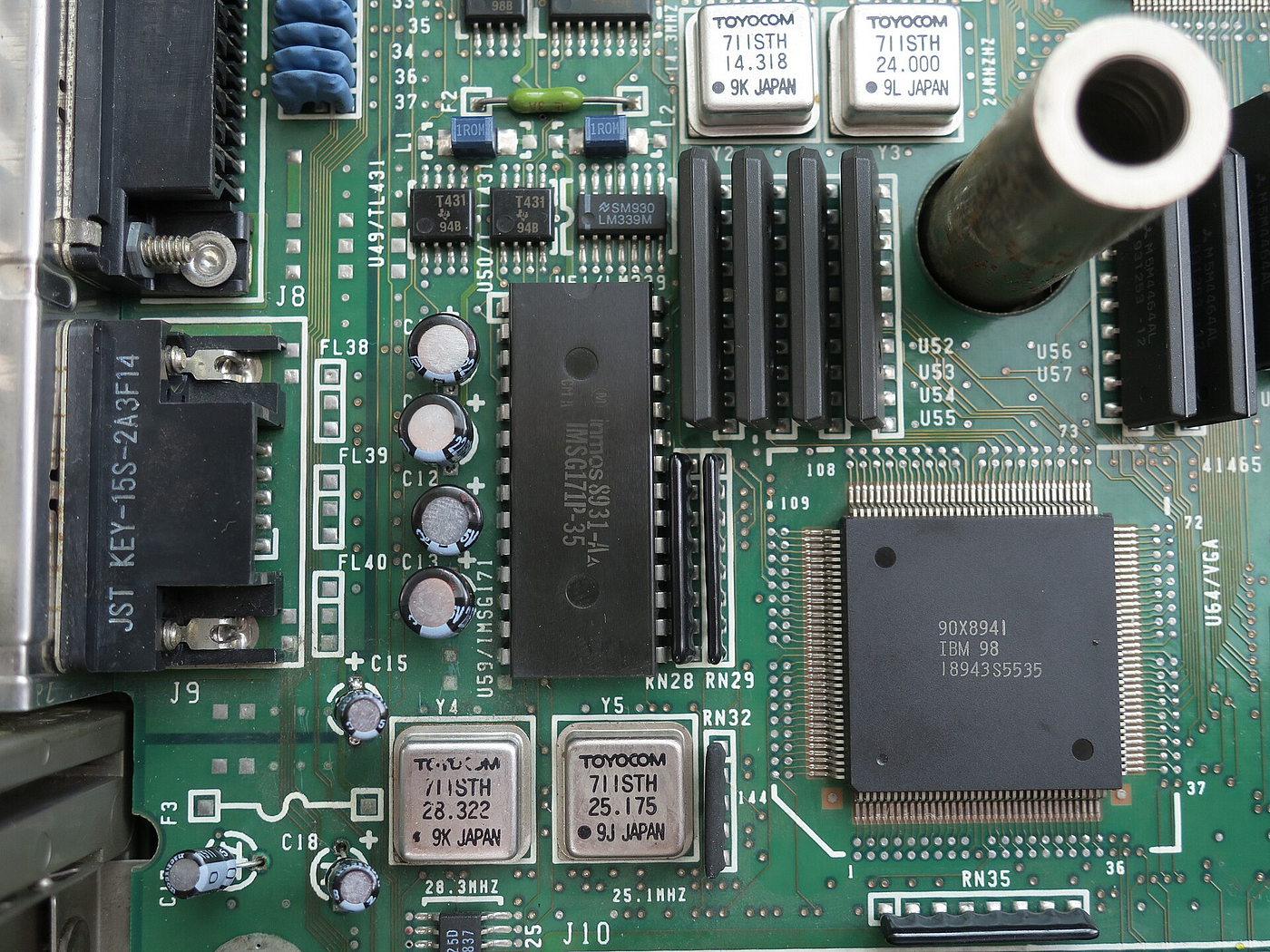
Forget HDMI, there was a time when VGA was king. This is the IBM PS/55. Source: Wikipedia.
It was 1988 that would shine though, as this would be the first time the market would see 3d graphics. Namco’s System 21 arcade machine would be the first arcade system to take 3d graphics to the consumer market.
The technology at this stage was still in its infancy, but the stage was set for 3d graphical systems to take the lead.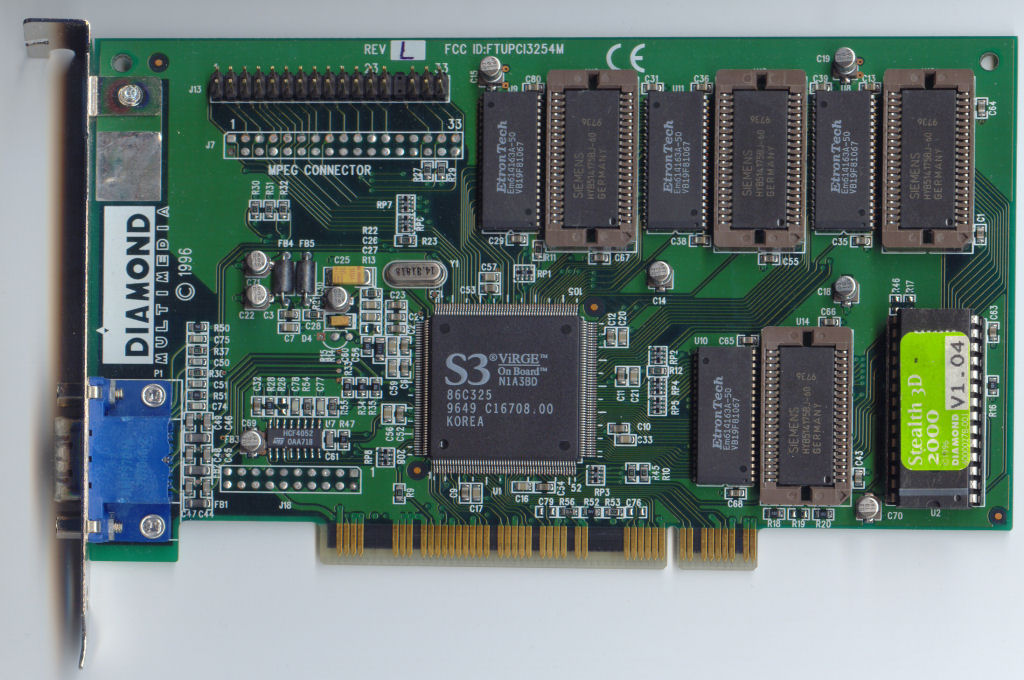 S3–86C911 would take its name from the Porsche, inferring lightning fast graphics and proving once more that tech marketing never misses an opportunity. Source: Wikipedia.
S3–86C911 would take its name from the Porsche, inferring lightning fast graphics and proving once more that tech marketing never misses an opportunity. Source: Wikipedia.
Early 3d & The 90's
When the 1990s would eventually arrive, we wouldn’t just be looking at a shift in technology, we’d be dealing with a completely different cultural change as well. Despite computing hobbies starting in the most basic forms, with mail-order kits and small, performance-constrained systems, the improvements in electronics paired with commercial uptake meant that, for the first time, users could have their own gaming systems at home.
More importantly, as the arcade market had shown, there was significant demand for this type of thing as consumers slowly began to place more value on leisure time. These factors would lead to a rapid development of technology that would be assisted by Moore’s law.
The biggest development, thanks to this, would be the implementation of real-time 3d graphics, providing the biggest technical evolution to gaming since the concept of arcade systems in the early 70s. While we would see these in computers, the gaming consoles of the era capitalised on this the most, with iconic platforms like Sega’s Model 1, Sony’s PlayStation and the Nintendo 64 all featuring real-time 3d.
1994 would also see the rise of the term Graphics Processing Unit (GPU) to describe hardware for the first time. Sony Electronics would introduce the term in reference to its new 32-bit GPU for its PlayStation console.
While personal computers would struggle to adapt to the new technology in comparison to console systems, as the new millennium approached, technology would eventually catch up, and a familiar face would end up leading the pack.
Nvidia, which was launched in 1993, would launch its first GeForce model in 1999. The GeForce 256 would feature a single-chip processor with integrated transform, setting the stage for the GPU systems that would become instantly recognisable to technology fans in the modern era.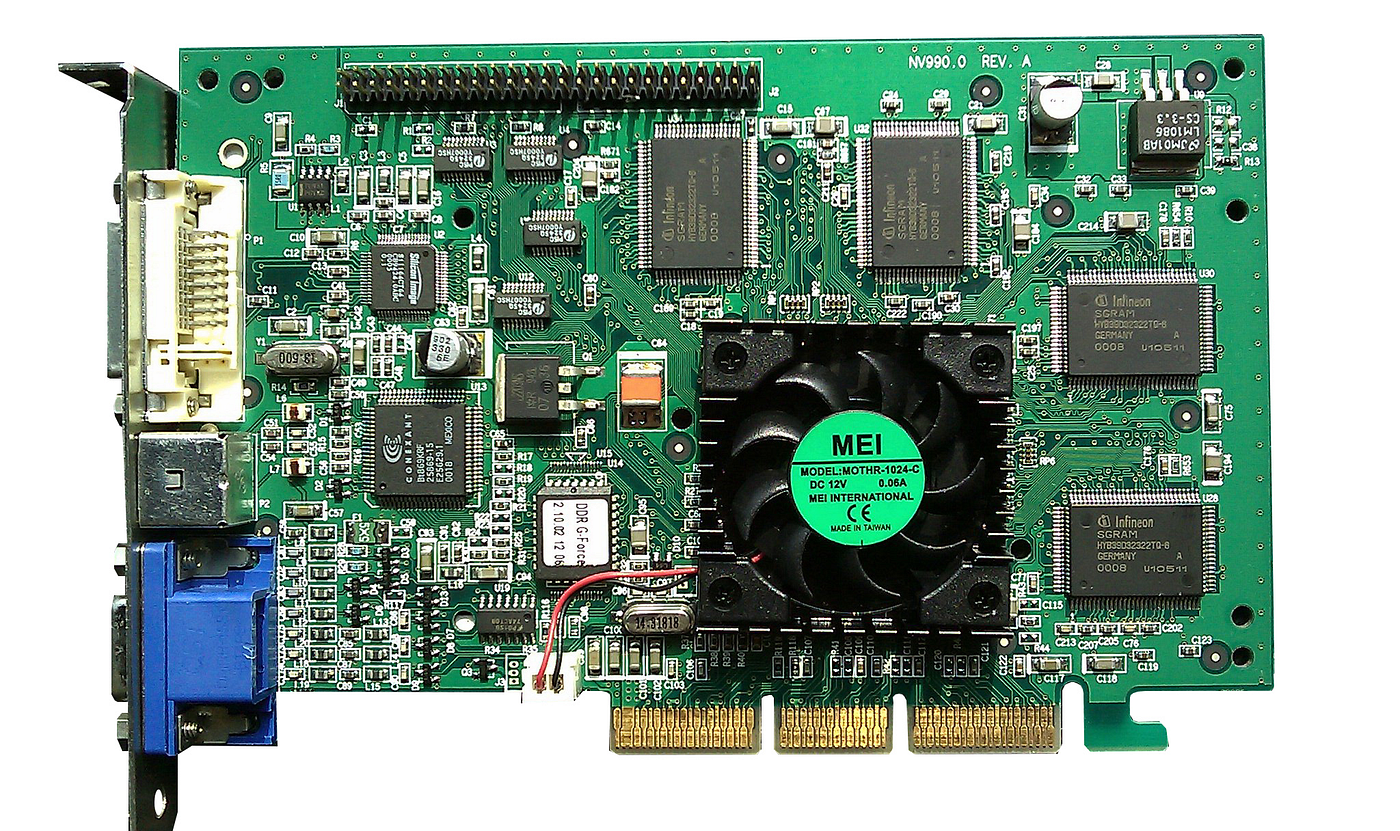 NVIDIA’s first GeForce card would set the stage for the new millenium. Source: Wikipedia.
NVIDIA’s first GeForce card would set the stage for the new millenium. Source: Wikipedia.
The Golden Era
The golden era of gaming hardware would also lead to some significant cultural shifts that wouldn’t always be anticipated. The first would be the shift to PC-based hardware. With consoles providing entertainment through the 70s, 80s and 90s, the turn of the millennium would lead to new hardware which would eventually see PC’s eating away at the consoles' once dominant marketing share. While consoles would often provide eye-watering speeds, the development cycle meant that new iterations would typically take years.
The biggest shift that we saw through this era would be in the way that we would end up using our hardware. It would be the early 2000s, and beyond that would see GPU systems designed that weren’t being used in gaming at all.
Technology shifts through this time would be quite rapid, but the GeForce range was constantly refreshed throughout the 2000s, providing entirely new feature sets as each model was refined and eventually, retired for the new generation.
The evolution of the GPU into its own high-powered graphics and compute array would mean that the systems would grow into themselves, finding use cases in engineering, video editing and programming environments, helping the laptop become a computing powerhouse in its own right.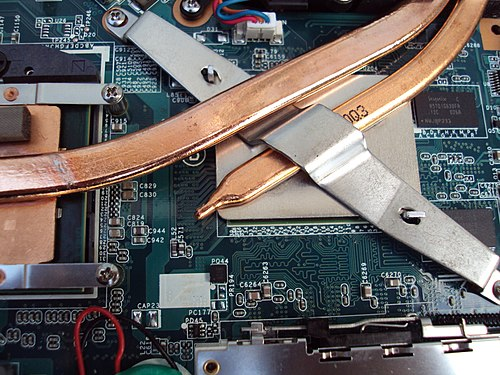
The golden era would help us see iconic models like the GTX1050 and GTX1080 Ti be used in everything from stock pricing, machine learning and even resource exploration.
We’d also see the expansion of parallel systems to increase performance as well. Commonly seen in crypto mining, parallel computing would provide performance that would have cost millions a few decades prior. Now, the role of the GPU is firmly entrenched in our technology.
AI Development
There’s no denying that the evolution of AI technology has sparked excitement that hasn’t been seen since the early days of the internet. Providing the possibility of a once-in-a-generation shift regarding how we use and apply technology, manufacturing processes have advanced to the point where consumer hardware running in parallel provides blistering performance to artificial intelligence designs.
The flagship RTX5090 model features over 92 billion transistors and can deliver a computing speed of over 400 teraflops. For comparison, the 80s era Cray II supercomputer, which was considered the leader in its day, would deliver around 1.9 gigaflops.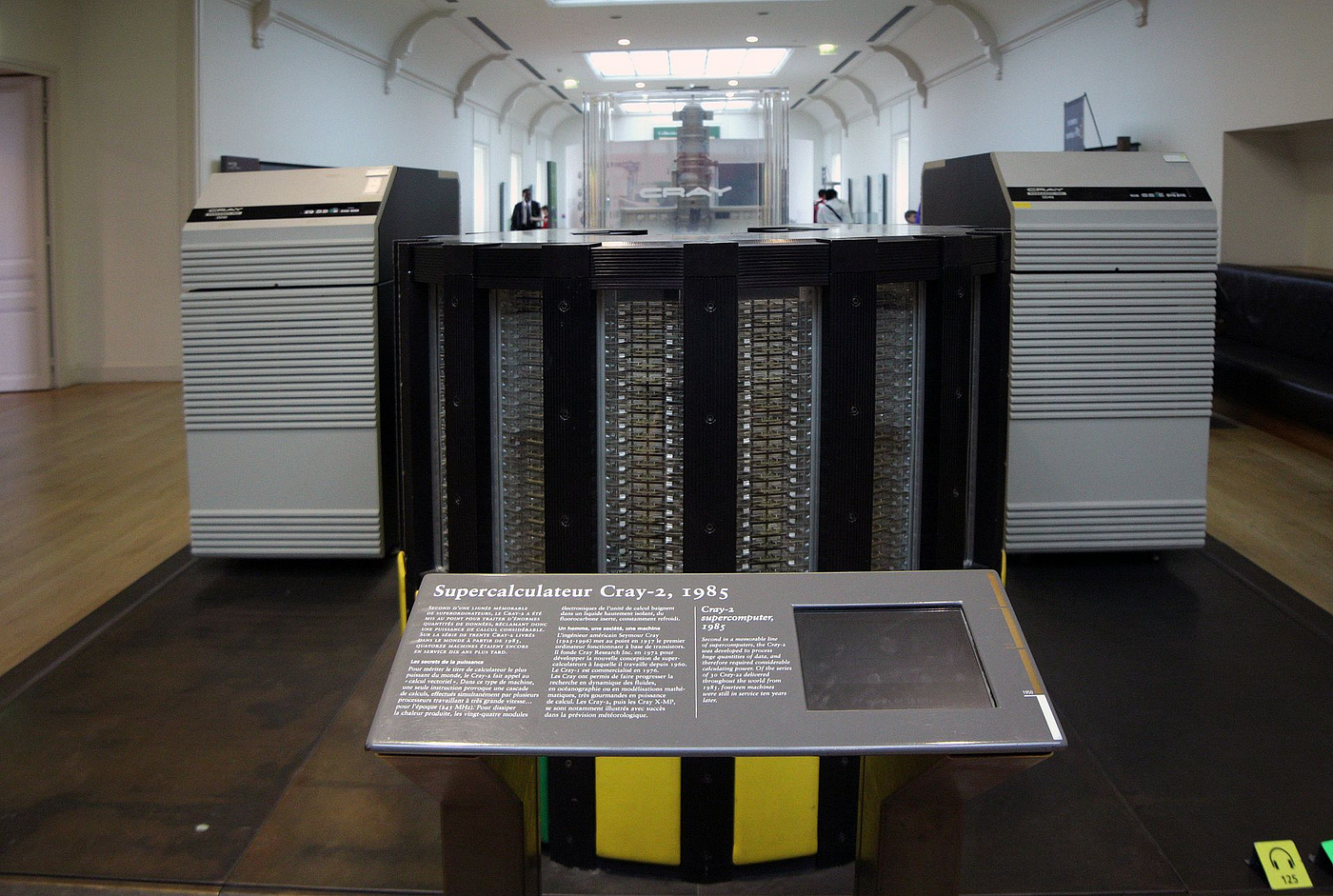
In fact, the GPU is so important to the modern age that NVIDIA has been one of the stock market's standout performers of the past few years. With ChatGPT bringing AI into mainstream usage, investors were quick to recognise the role that companies like NVIDIA would play in the continuing development of this technology.
The stage is set for computing advancements to keep evolving thanks to the humble GPU.
What The Tech is our recurring, twice-monthly piece that looks at the technology that was essential in shaping our modern world.
If you found this article insightful, informative, or entertaining, we kindly encourage you to show your support. Clapping for this article not only lets the author know that their work is appreciated but also helps boost its visibility to others who might benefit from it.
🌟 Enjoyed this article? Join the community! 🌟
📢 Join our OSINT Telegram channel for exclusive updates or
📢 Follow our crypto Telegram for the latest giveaways
🐦 Follow us on Twitter and
🟦 We’re now on Bluesky!
🔗 Articles we think you’ll like:
- What The Tech?! Space Shuttles
- Shodan: A Map of the Internet
✉️ Want more content like this? Sign up for email updates
































